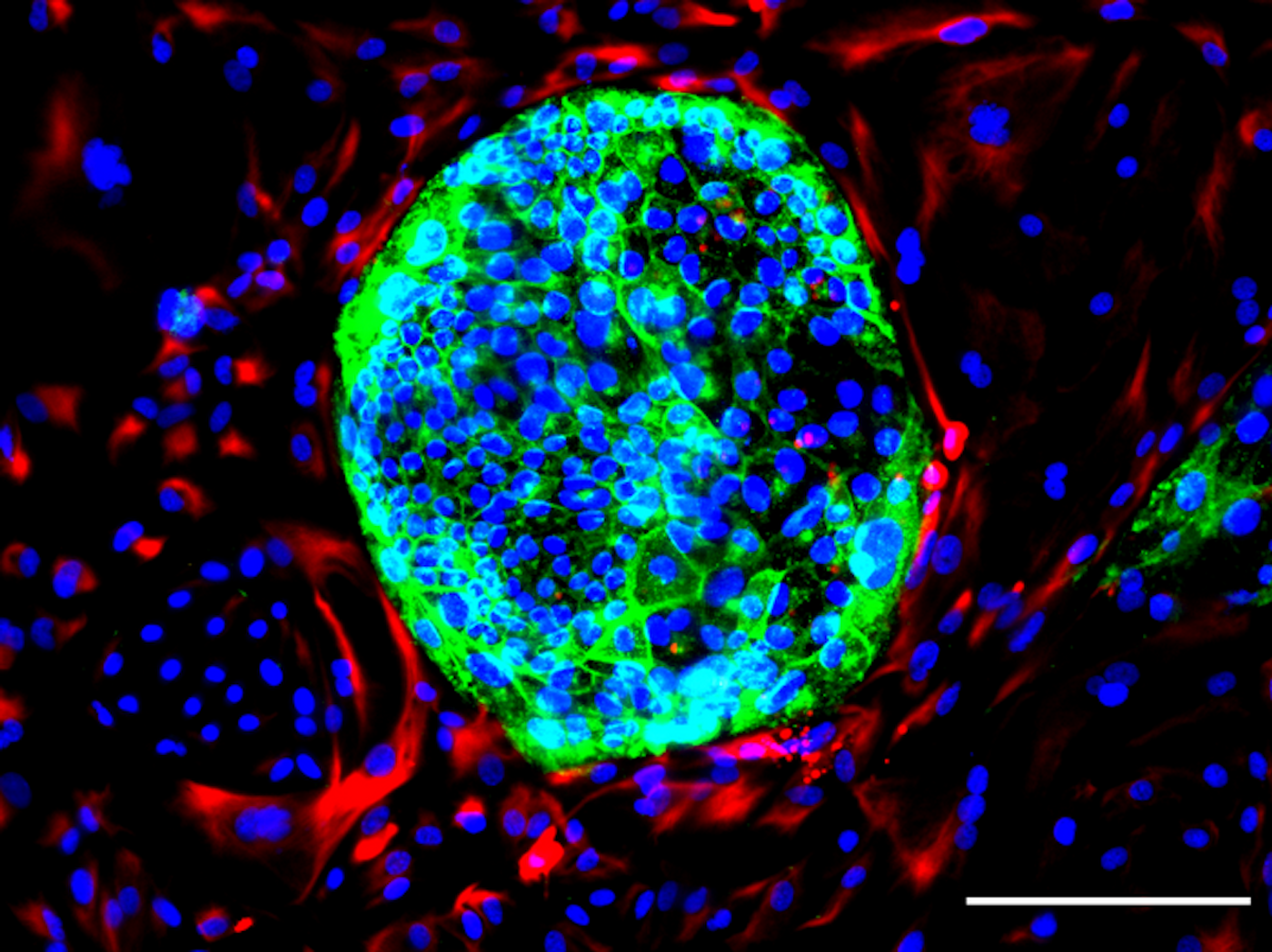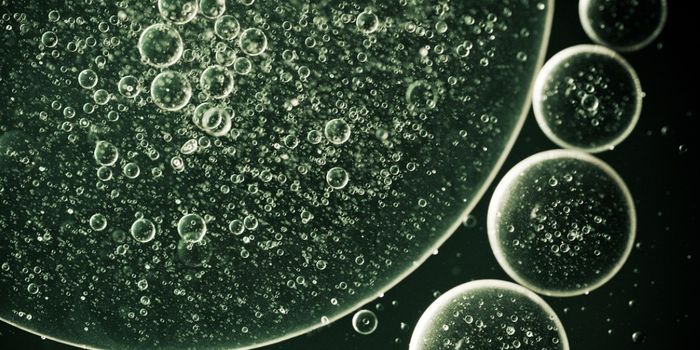It is extremely challenging to study human development. There are animal models that can tell us how general aspects of biology work, but the details can be difficult to decipher, especially because we cannot experiment on human embryos. Scientists have sought to create synthetic models that can replicate various developmental stages, however, which has given us insight into the process. This research can also help us learn about repairing problems that arise in the earliest parts of life, which can have a lifelong impact.
Investigators have now used stem cells to create a novel type of human cell that mimics the behavior and function of a type of natural cell in early human embryos. This model will enable scientists to study the physiological events that occur just after an embyro is implanted in the womb. The work has been reported in Cell Stem Cell.
Fertilized human embryos implant in the womb after about seven days if everything is proceeding properly. At that point, technical and ethical limitations put human embryos beyond the reach of research scientists. But various types of cells that are involved in human development can be grown in laboratory culture.
Human stem cells that are undifferentiated and can still specialize into any cell type found in an embryo were used in this study; they are called naive human pluripotent stem cells. The cells that were engineered from those original pluripotent stem cells are a model for extraembryonic mesoderm (EXM) cells. The researchers used various kinds of cell culture media, passaging techniques, and mRNA to convert the pluripotent stem cells to EXM cells. The newly created cells replicate the natural cells in many ways. A thorough analysis showed that the transcriptome and epigenome of the new cells are very similar to those found in human and monkey embryo EXM cells.
"These cells generate the first blood in an embryo, help to attach the embryo to the future placenta, and play a role in forming the primitive umbilical cord," explained Professor Vincent Pasque of KU Leuven. EXM cells appear in humans at an earlier developmental stage compared with mouse embryos, and there could be other crucial differences; that is what makes this an "especially important model," since research conducted with mice might not apply to people.
"You don't make a new human cell type every day," Pasque noted. "We are very excited because now we can study processes that normally remain inaccessible during development. In fact, the model has already enabled us to find out where extraembryonic mesoderm cells come from. In the longer term, our model will hopefully also shed more light on medical challenges such as fertility problems, miscarriages, and developmental disorders."
Sources: KU Leuven, Cell Stem Cell









